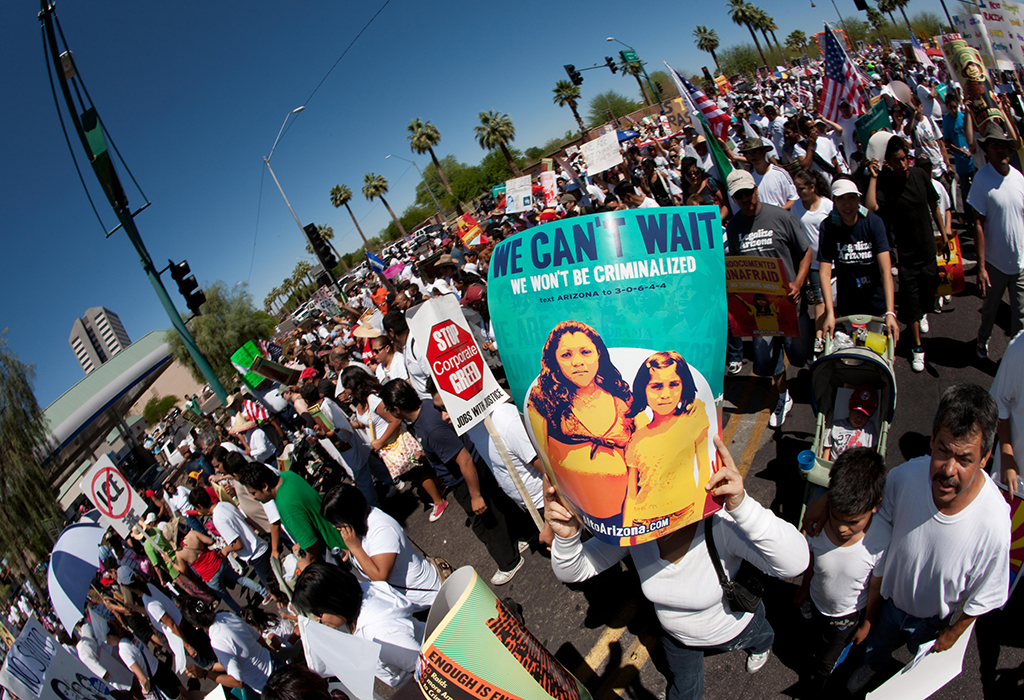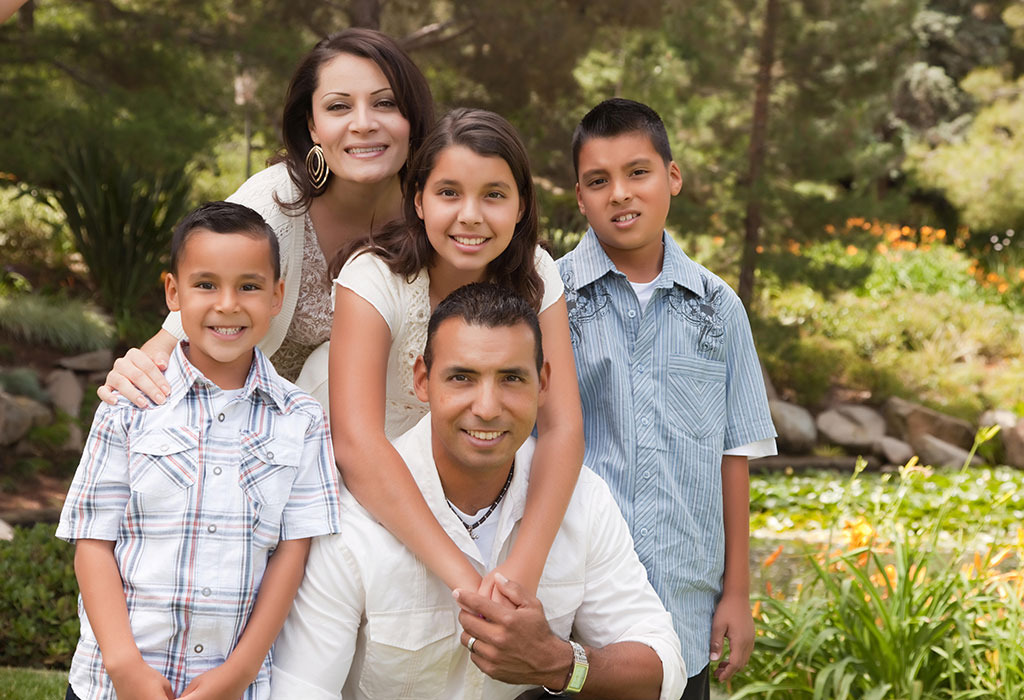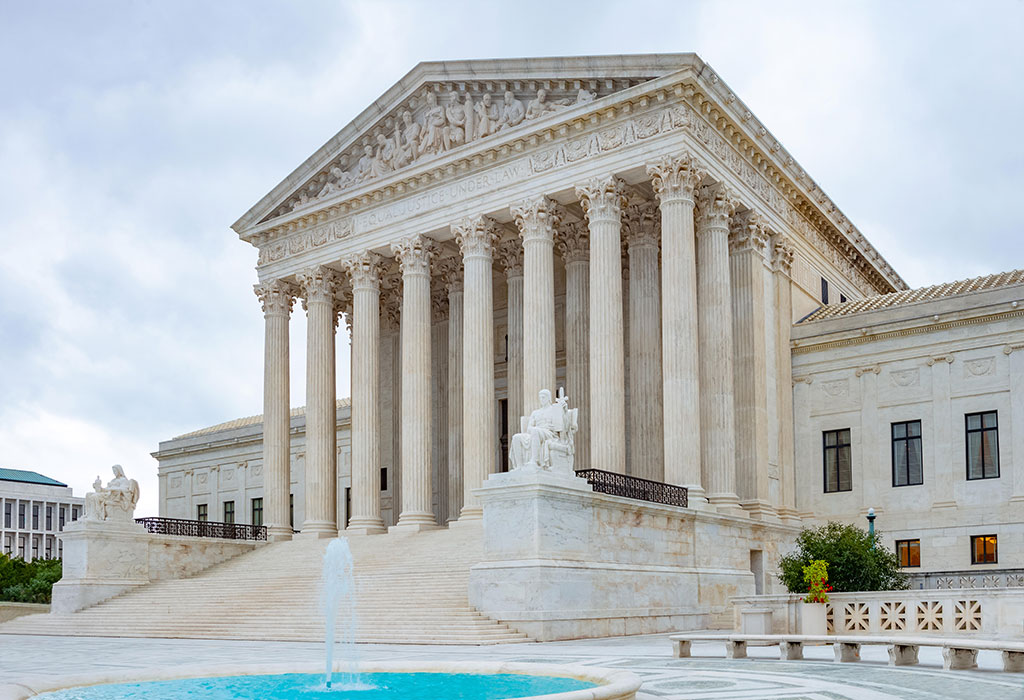Administration sets up plan to identify thousands of separated families
The Trump administration and the plaintiffs in an ongoing family separation class action lawsuit appear to have agreed Thursday on how the government will identify potentially thousands of additional immigrant families US authorities separated at the southern border, setting up a new phase in the case. The two sides had previously submitted competing proposals on how the process would unfold, leading US District Judge Dana Sabraw to direct them back to the drawing board.
Shortly before the hearing in the Southern District of California, the government and plaintiffs had filed court documents describing how they thought the identifications should take place. One of the points of contention had been the timing — the government said the process could take up to two years given the painstaking nature of the task, while the plaintiffs argued it could be done faster. Sabraw said he will issue an order requiring the government to complete the identification process within six months. “This order shows that the court continues to recognize the gravity of this situation,” said Lee Gelernt, lead attorney in the family separation lawsuit and deputy director of the American Civil Liberties Union’s Immigrants’ Rights Project, in a statement Thursday.
Jonathan White, commander of the Public Health Service Commissioned Corps, who’s leading the effort for the Health and Human Services Department, repeatedly emphasized that he’d try to move through the process quickly, but conceded it could run longer than six months. “The goal is to produce an accurate counting in as short of time as humanly possible to deliver an accurate counting,” he said.
Last June, Sabraw issued a preliminary injunction blocking most family separations at the US-Mexico border and ordered the government to reunite the families it had already divided. Since then, the administration has provided regular reports to the court on the reunification status of the children and parents, including some parents who were deported but ultimately elected not to be reunified with their children.
Last month, Sabraw issued a 14-page ruling modifying the class definition after revelations that the government had been separating families as far back as July 1, 2017, months before the controversial “zero tolerance” immigration policy had been announced. Officials estimated that the children were separated, received by HHS for care and released prior to Sabraw’s June 26, 2018, court order.
Plaintiffs have asked the government to provide regular updates throughout the identification process, as they did with the original class. “The government continues to agree that it can and will produce information concerning any members of the expanded Class on a rolling basis,” the court filing reads. One of the key differences between the previous class and the expanded class is that the children in the latter have already been released from government care. White recognized that as a challenge and noted that information from HHS, Immigration and Customs Enforcement, and Customs and Border Protection will be used to identify the children.
n explaining the approach the government would take, White said: “At every stage, we should err on the side of inclusion.” The case, Ms. L et al. vs. Immigration and Customs Enforcement et al., was initially prompted by the separation of a Congolese woman and her 7-year-old daughter. The ACLU originally filed the case last year and it was later expanded to a class action lawsuit.





